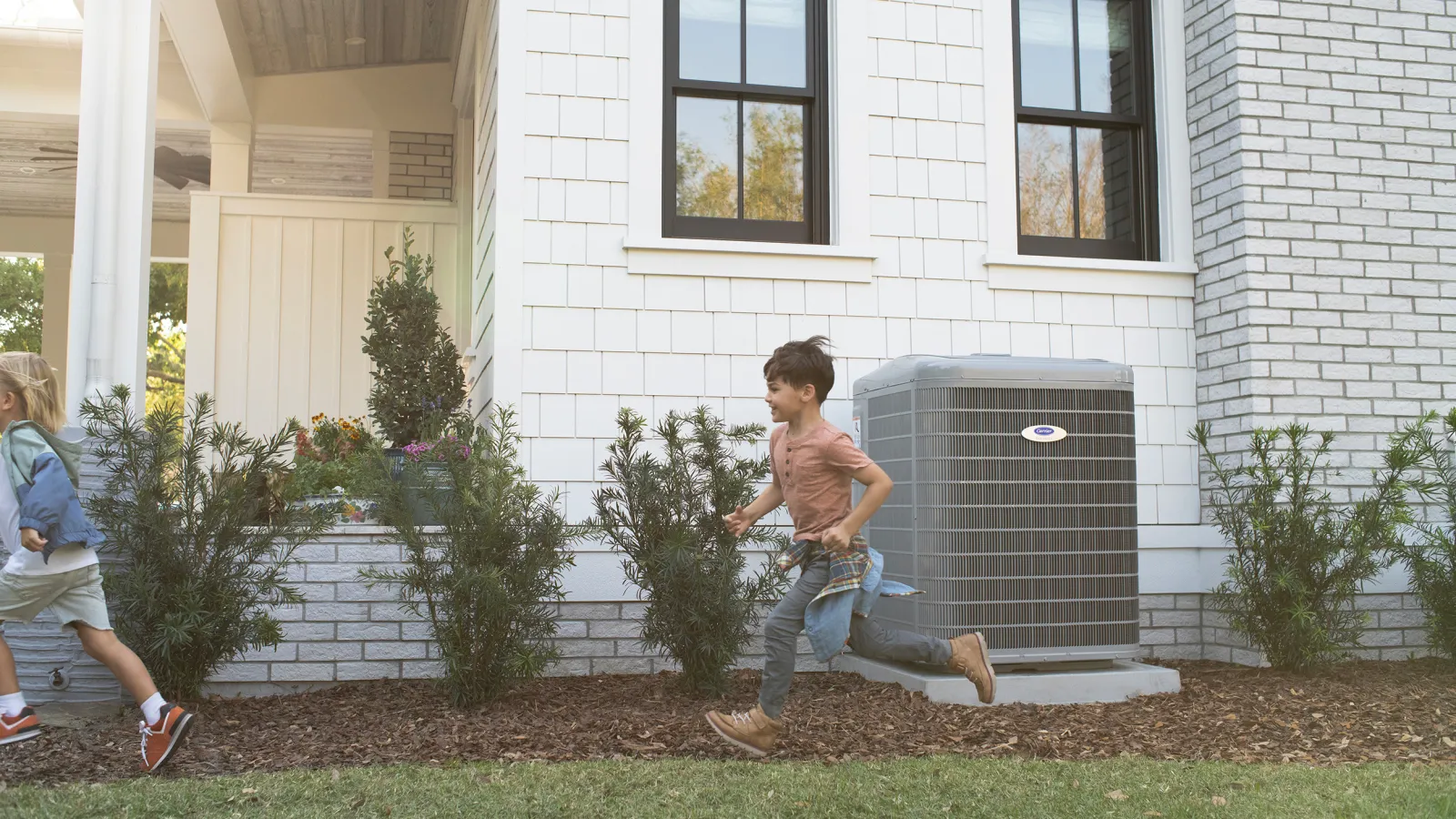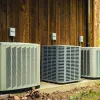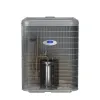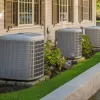Compressors are important. Without a working compressor, your air conditioner simply cannot run. Turning it on would be like trying to start a car without a working engine.
So, a failed compressor is an HVAC emergency. What should you do?
There are three different ways to deal with compressor failure, all of which depend on your air conditioner’s age and warranty status:
- Replace the compressor
- Replace the outdoor unit (aka the condenser)
- Replace the air conditioner and coil
Based on the financial consequences of each choice, let’s explore when it makes sense to choose one or the other.
Good news! The failed compressor might still be under warranty.
If your air conditioner is less than 10 years old, there’s a good chance the compressor is still covered by the manufacturer’s warranty. Assuming the AC’s other components are all in good working order and you plan to keep the system for another few years, you may as well take advantage of the warranty.
There’s still a labor charge for replacing the compressor, but the equipment warranty usually makes this option cost-effective.
Note: When we switch out a compressor, we sometimes find a smaller part that failed first and caused the compressor failure. When that’s the case, you’ll also have to replace that part. Just be aware that replacing a compressor sometimes requires the replacement of another part, too.
When should you replace the entire outdoor unit?
Just a few years ago, not all air conditioning systems came with a 10-year warranty. So if your AC is 8 years old, and the failed compressor only had a 5-year warranty, what should you do?
Well, you could replace the compressor alone. That’s always an option. On the other hand, you could replace the condenser (the entire outdoor unit) and benefit from today’s 10-year warranties on new HVAC equipment.
In some cases, the cost of replacing the outdoor unit isn’t much more than the cost of just replacing the compressor. When that’s the case and your AC is otherwise in good working order, it might make sense to replace the entire outdoor unit and get a better warranty.
When replacing the outdoor unit, your contractor must match the existing indoor unit to the outdoor unit. Among other factors, the SEER rating and refrigerant type must be the same.
Sometimes, the best thing to do is replace the AC and coil.
Let’s face it. Most compressors fail when they’re old. By the time it happens, all of the air conditioner components are out of warranty, and repairing the system means eating the full cost of a new compressor or outdoor unit.
Oh, and let’s not forget that your old system probably used the now obsolete R-22 refrigerant. Repairing an R-22 system is expensive no matter what.
Any time an old, out-of-warranty compressor in an R-22 system fails, the best thing to do is replace the air conditioner. This involves replacing the entire outdoor unit as well as the evaporator coil (indoor AC unit). As costly as that may seem, it makes far more financial sense than funneling money into an aging air conditioner that uses a discontinued type of refrigerant.
Ok, there’s a 4th option.
You can replace your air conditioner and furnace at the same time. This might not make sense if you have a relatively new furnace. However, if your furnace is the same age as the old air conditioner you’re replacing, it’s probably at the end of its life. You may as well replace it at the same time and save on labor costs.
Think your air conditioner compressor may have failed? It’s time to call a pro.
Air conditioners can quit working for various reasons. A dead compressor is one of them, but you might have a problem with a different component altogether.
The best way to find out whether your compressor has failed – and to determine the best course of action – is to call in an HVAC professional to inspect your system. At PV, we repair and replace air conditioners all over metro Atlanta. Contact us today to find out why your AC isn’t working!






